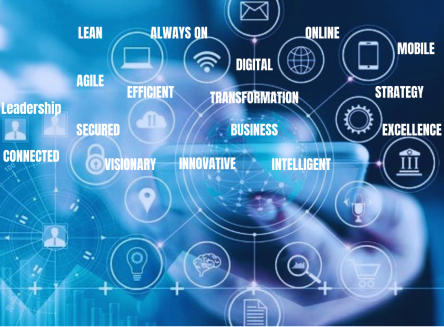SAP ERP Cloud Computing – SaaS Solutions
SAP is the world’s largest used enterprise resource planning solution that provides solutions for business process automation based on industry best practice standards. Given the IT service industry shift from Shared Services to Utility based ICT services, SAP has come up with two suite of SaaS solutions.
SAP Business By Design
SAP Business by design is focused on providing large organization’s subsidiaries and small & medium enterprises a full application suite that can help automate their idea to market, market to order and order to cash business processes while still paying based on usage instead of huge deployment costs. It gives them flexibility to configure functionality they need including Analytics and reporting that complete the full suite.
SAP Business One Cloud
SAP Business One Cloud is focused on providing small organization’s an application suite that can help automate their marketing, sales, delivery and service processes while still paying a low fees based on usage instead of huge ICT costs. The suite is preconfigured and ready to use for small size organisations. Being a cloud based solution it allows small businesses to become flexible and IT ready while giving them scalability to ramp up usage based on need.
CONCLUSION
Cloud Computing has started in past decade as a natural transition from ICT Shared Services to ICT Utility based services. The use, need and availability of Internet has made ICT traditional services transition to Cloud Computing service even more faster.
Cloud Computing Service benefits are now out weighing the issues faced and most the issues faced are by and large overcome by service providers. Cloud computing services are being adopted by most organisations and the adoption continues to increase every year.
Its clear that cloud computing services and specially SaaS solutions would continue to grow as this allows the organisations to become agile in adopting new solutions while reducing ICT investments and paying for use only.
The existing SAP ERP SaaS solutions are targeting and meant for use by SMEs and Smaller organisations. SAP has to look into how it can create an offering for even the large size organisations traditional SAP ERP solution to SaaS SAP ERP solution. Delay in doing so could result in lost opportunity e.g. in saleforce.com is a fast growing SaaS offering for CRM solutions and many organisations are adopting it.
Lastly Cloud Computing Services open a vast opportunity for service providers to build and offer new internet based services and solutions that can help organisations achieve their goals.
